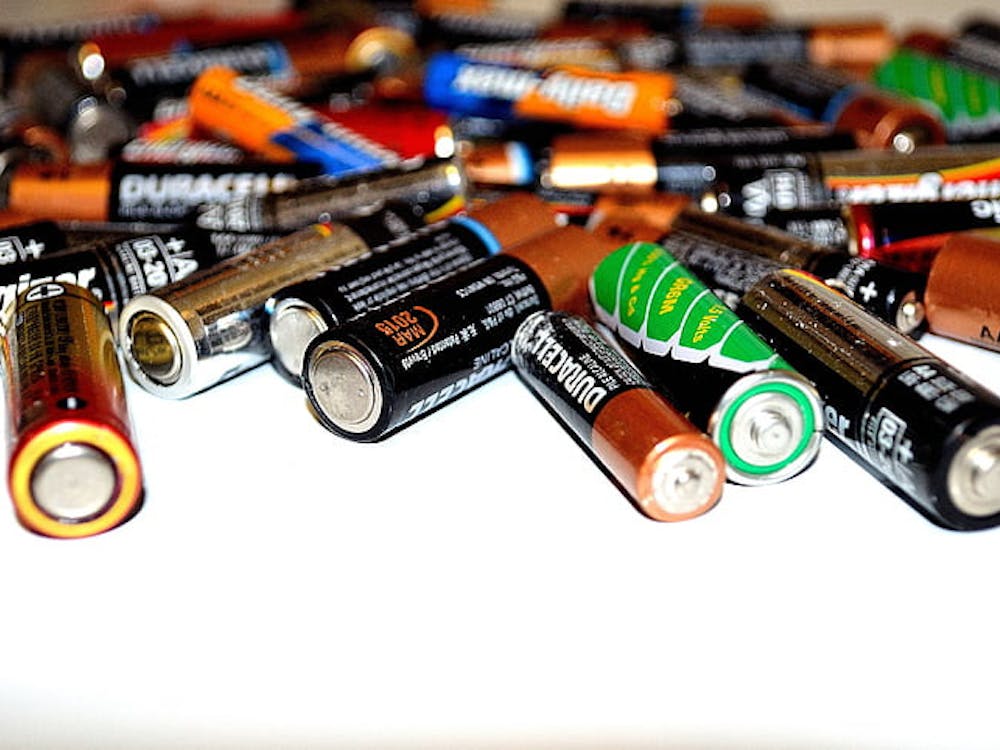In the last few years, research into alternative forms of energy has become very important. 38 states now have ambitious goals for how much electricity they want to come from renewable and alternative sources, and the U.S. Department of Energy wants 20 percent of electricity to be supplied by wind power by 2020.
Researchers at Hopkins are now getting involved in finding ways to improve the production of alternative sources of energy. On Oct. 2, the university announced that the National Science Foundation had awarded $6 million in grants to Hopkins researchers and collaborators. The focus of the research is to find a way to more consistently harness the power of the wind and be able to convert it into energy.
The biggest problem with wind energy is that wind generally behaves erratically and does not blow with the same intensity every single day. However, outside of using oil and coal, it is the most cost-effective way to produce electricity. Charles Meneveau, a mechanical engineering professor and lead researcher on one of the grants, wants to use computer simulation tools to produce better wind farm designs. He is part of an international research team that involves over 20 scholars and researchers both in the U.S. and Europe, including experts in wind energy from Denmark, the Netherlands, Switzerland, Belgium and Spain. Their goal is to study the impact that wind and weather conditions have on wind farm output and also how individual wind turbines on a wind farm might affect each other.
Their team’s grant application was submitted by the Environment, Energy, Sustainability and Health Institute here at Hopkins, and they received $4.3 million from the NSF’s Office of International Science and Engineering, through the Partnerships for International Research and Education program. The head of the institute is a professor of geography and environmental engineering, Benjamin Hobbs, who is very excited about the project and in particular about the collaboration with scientists in Europe.
Hobbs’ focus during the project will be on public policy issues, such as finding possible sites of renewable power plants and identifying economic incentives to ensure that more get built. There are a number of universities and institutions collaborating on this project: Texas Tech University, Smith College, the University of Puerto Rico, the Danish Technical University, the Riso Laboratory in Denmark, the Energy Research Center of the Netherlands, the École Polytechnique Fédérale de Lausanne in Switzerland, the Katholieke U. Leuven in Belgium and Comillas Pontifical Universidad in Spain.
The second NSF grant was awarded by the Sustainable Energy Pathways program and was for $1.7 million. It was awarded to a team of researchers at Hopkins and collaborating organizations that are focusing on improving the way a power grid responds to the sudden drop-off of energy that can happen in wind or solar cells. Power companies generally make up for this by adding extra generating units that can produce electricity on a short-term basis. However, these units use fossil fuels such as gas and can be expensive.
The lead investigator on this project is Dennice Gayme, an assistant professor of mechanical engineering at Hopkins. She specializes in power grid modeling and analysis. She is working with researchers from Hopkins, North Carolina State University and Smith College who want to study alternative ways to keep stability and maintain the flow of electricity to a power grid. They plan to investigate both economic and technologically-related ways of doing this.
For example, they will look at market incentives such as lowering the rates of electricity during off-peak hours. They will also consider the use of technologies that can store excess wind and solar energy for use during the times when the production at power grids decreases. The goal of their project is to create power grids that can remain stable, so that the U.S. can transition from a nation dependent on fossil fuels to one based on renewable forms of energy like wind power.




